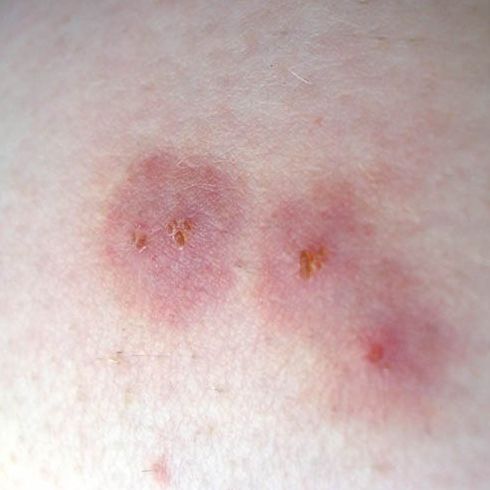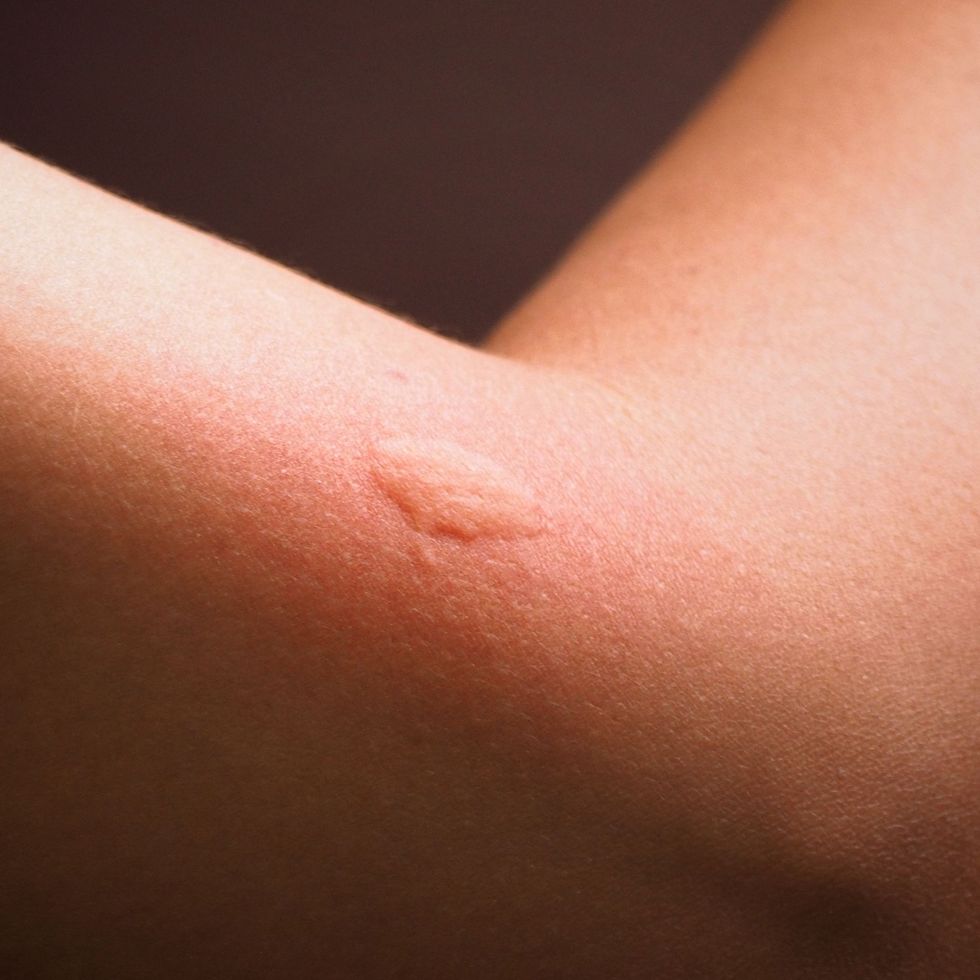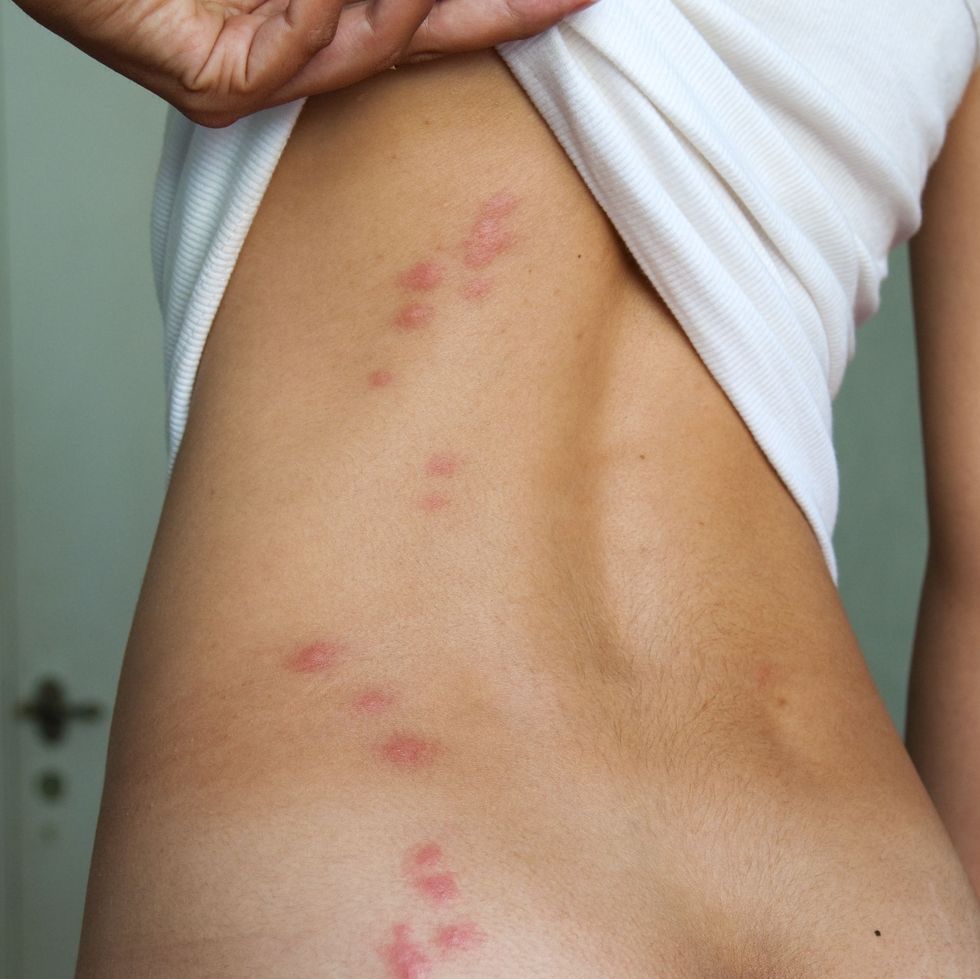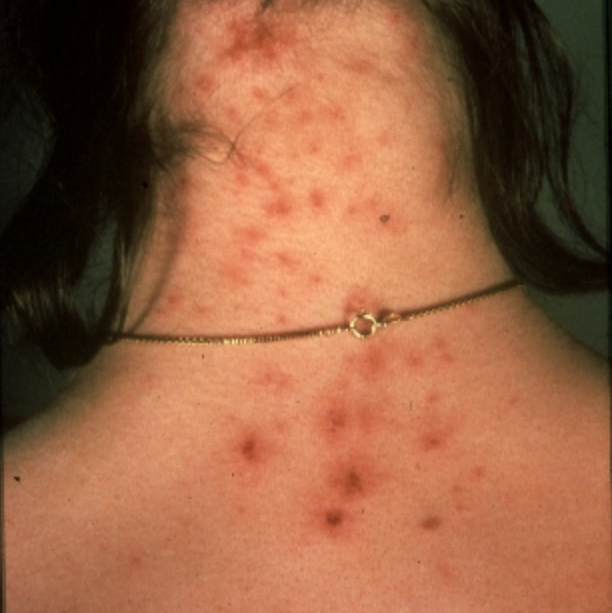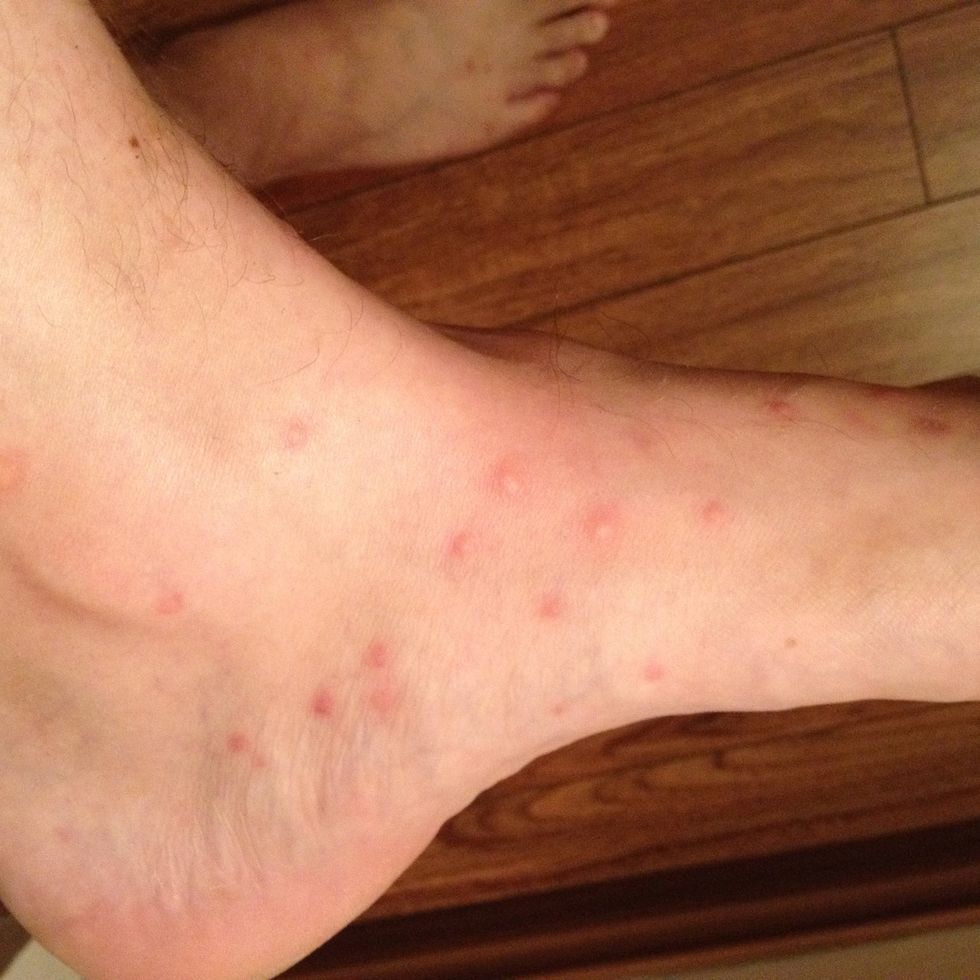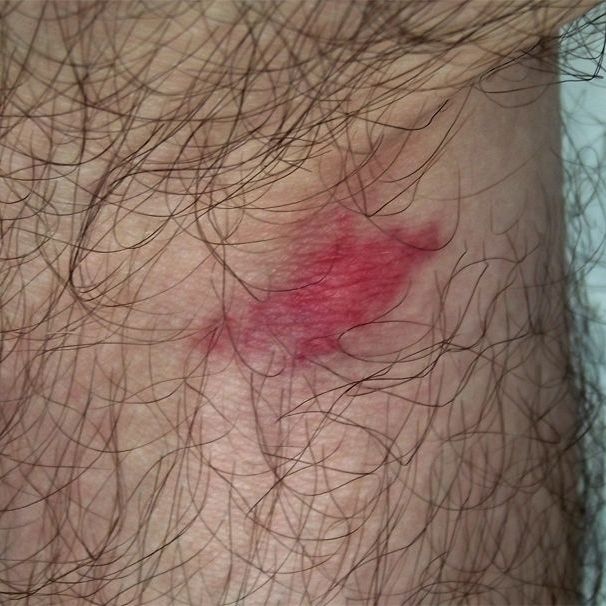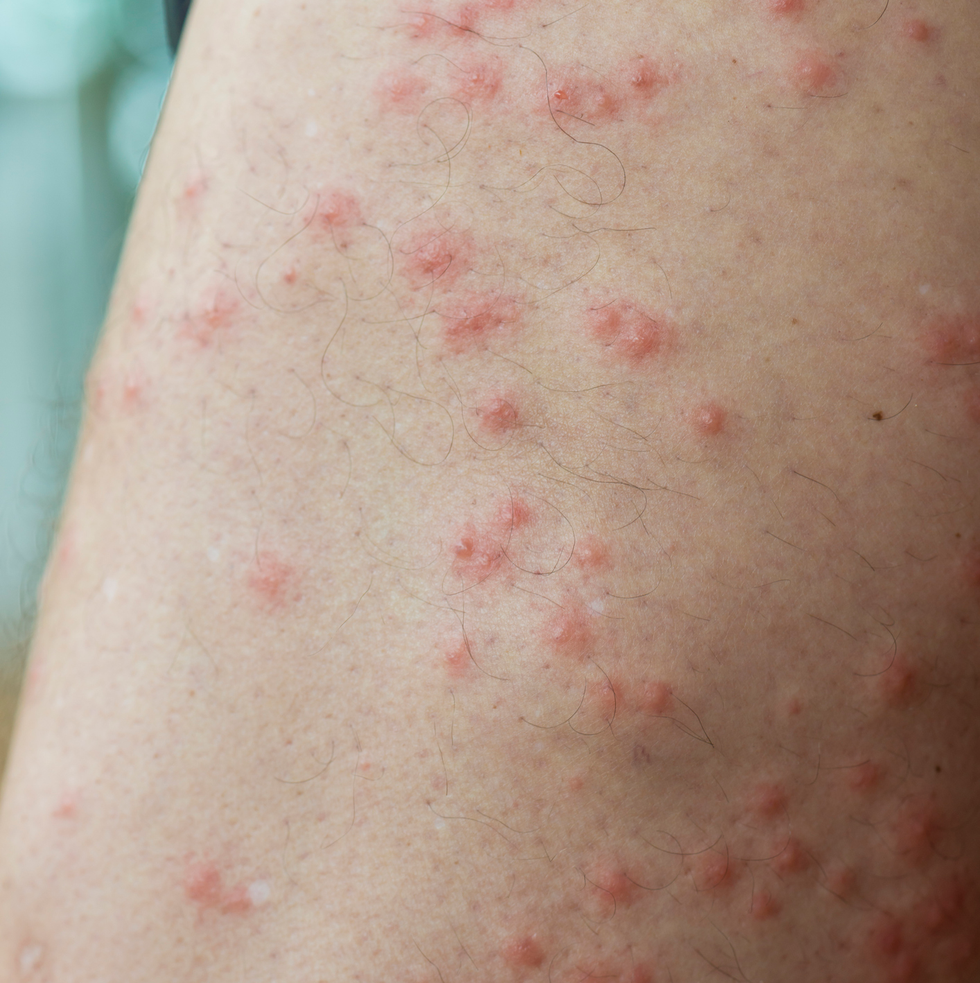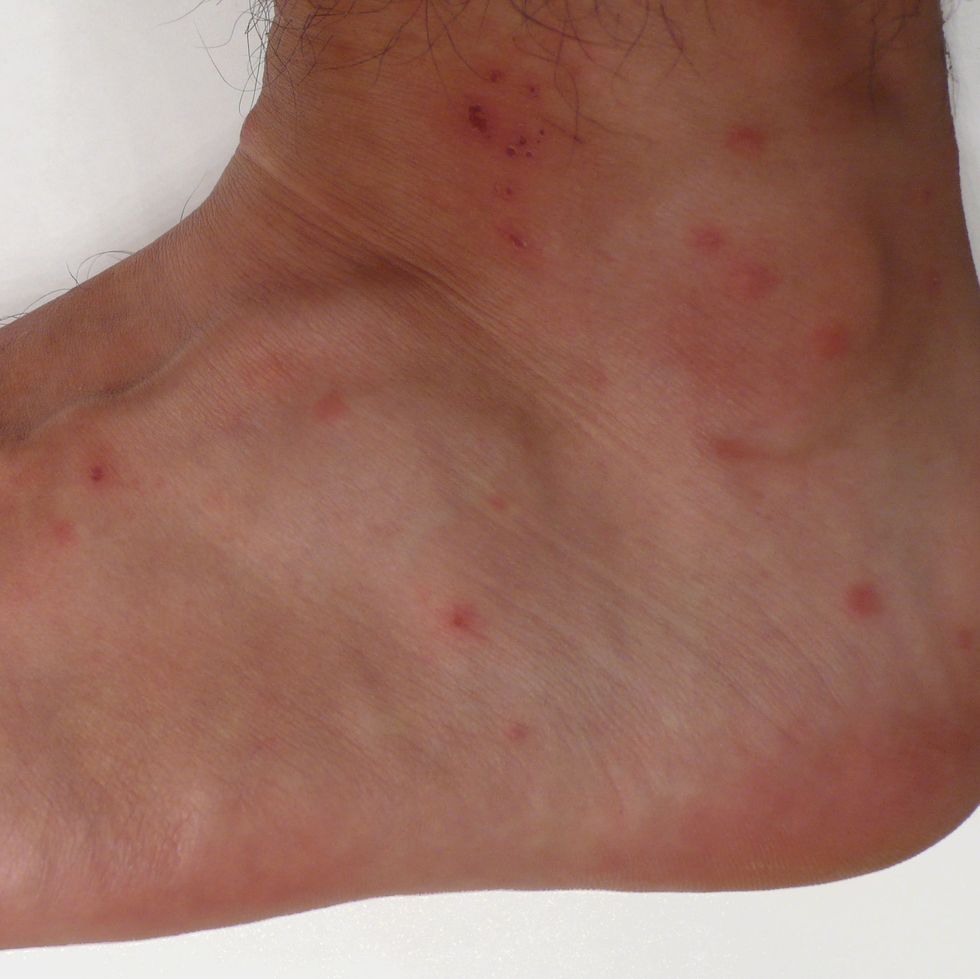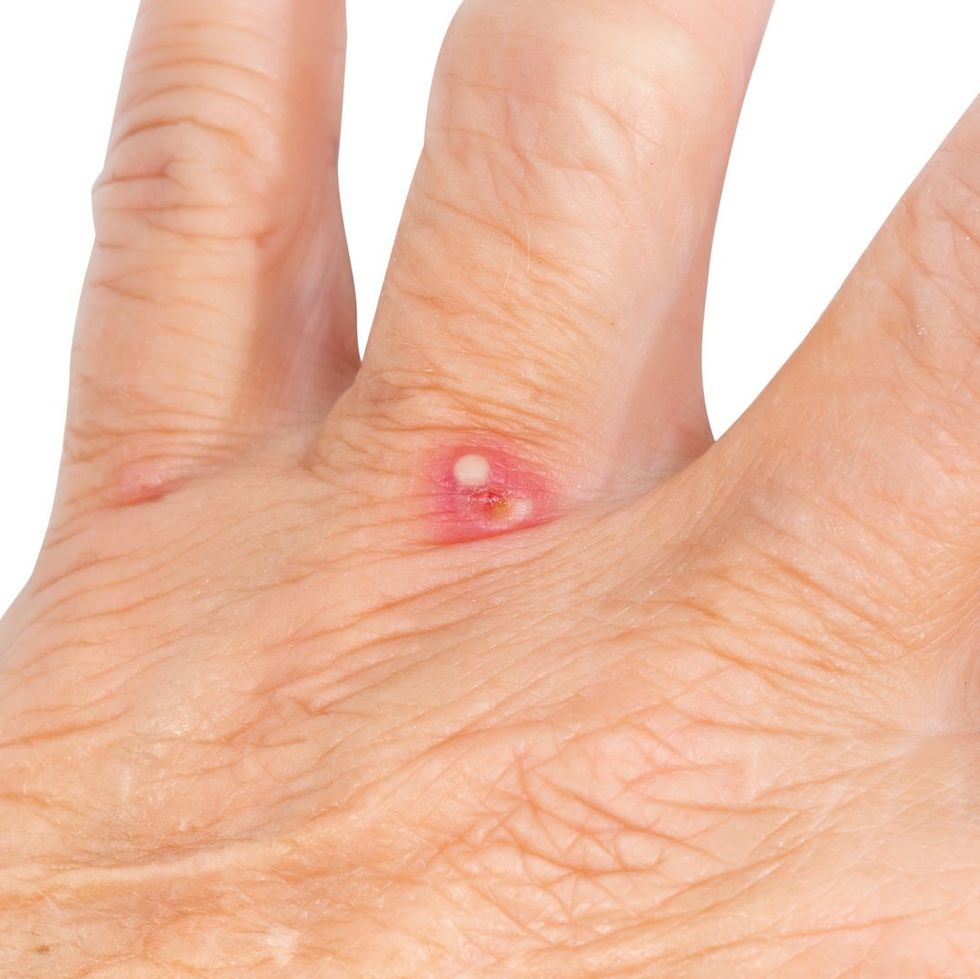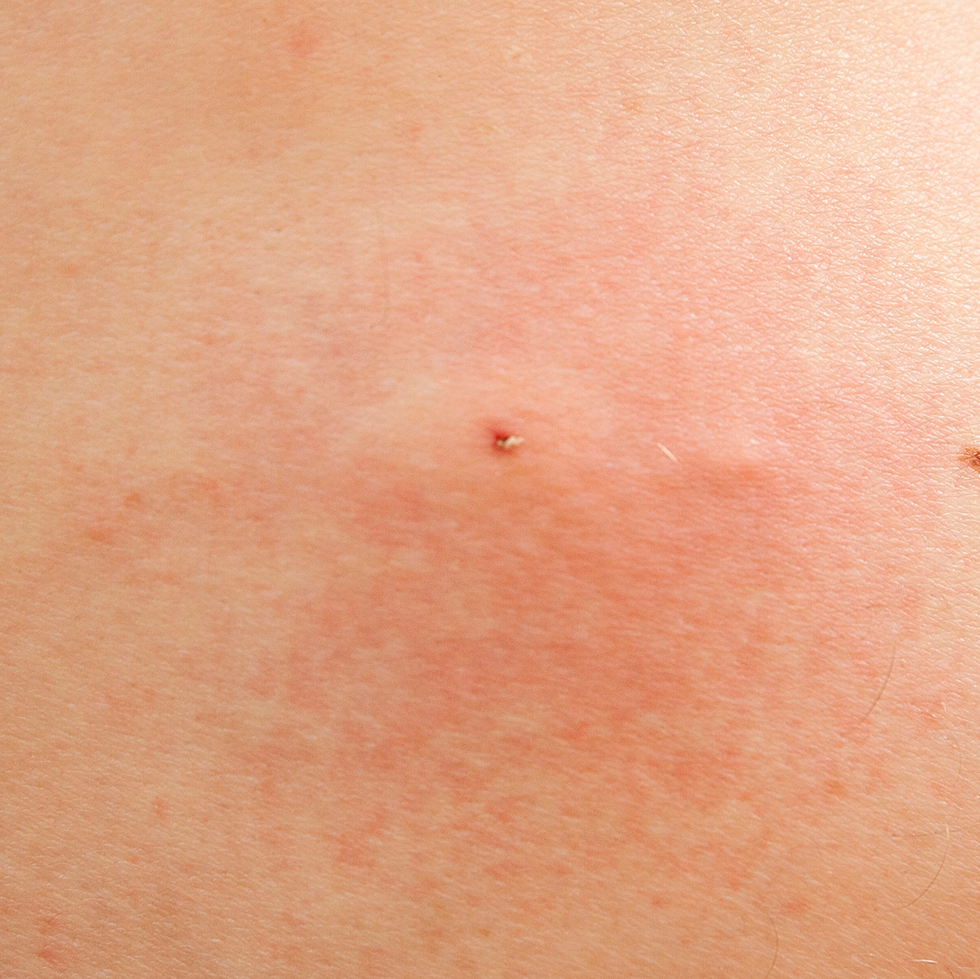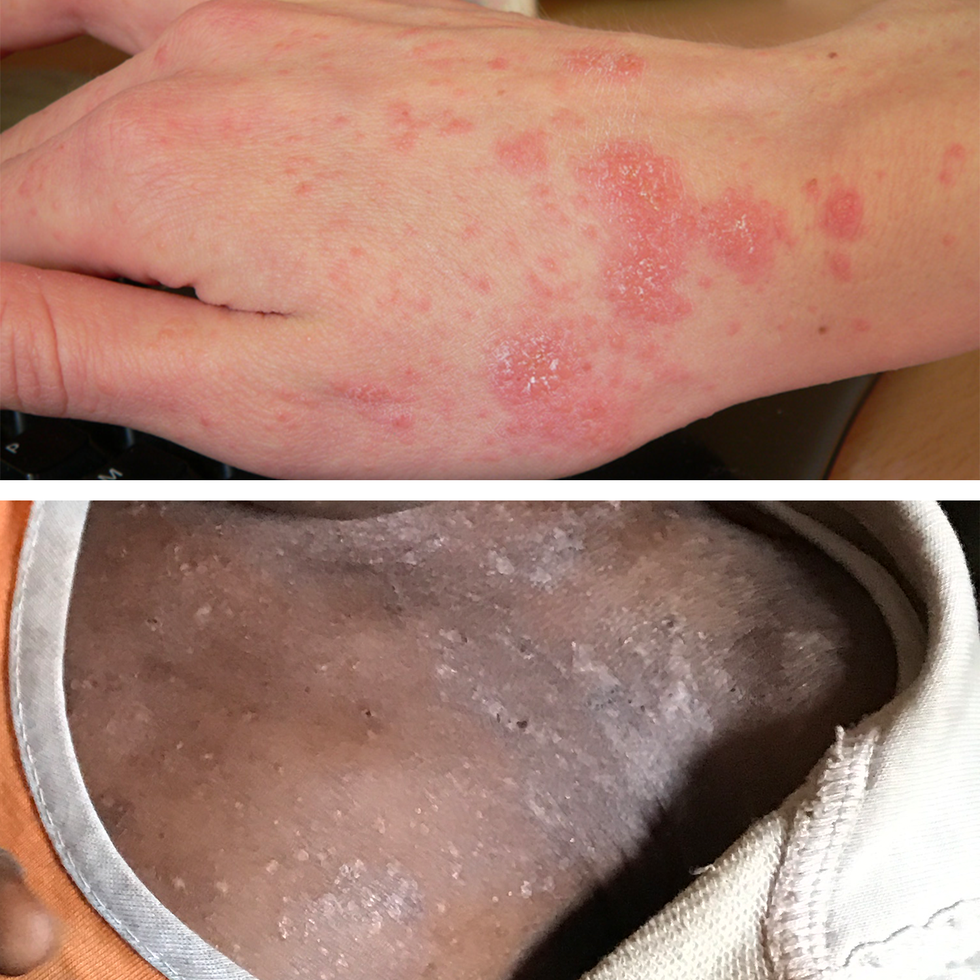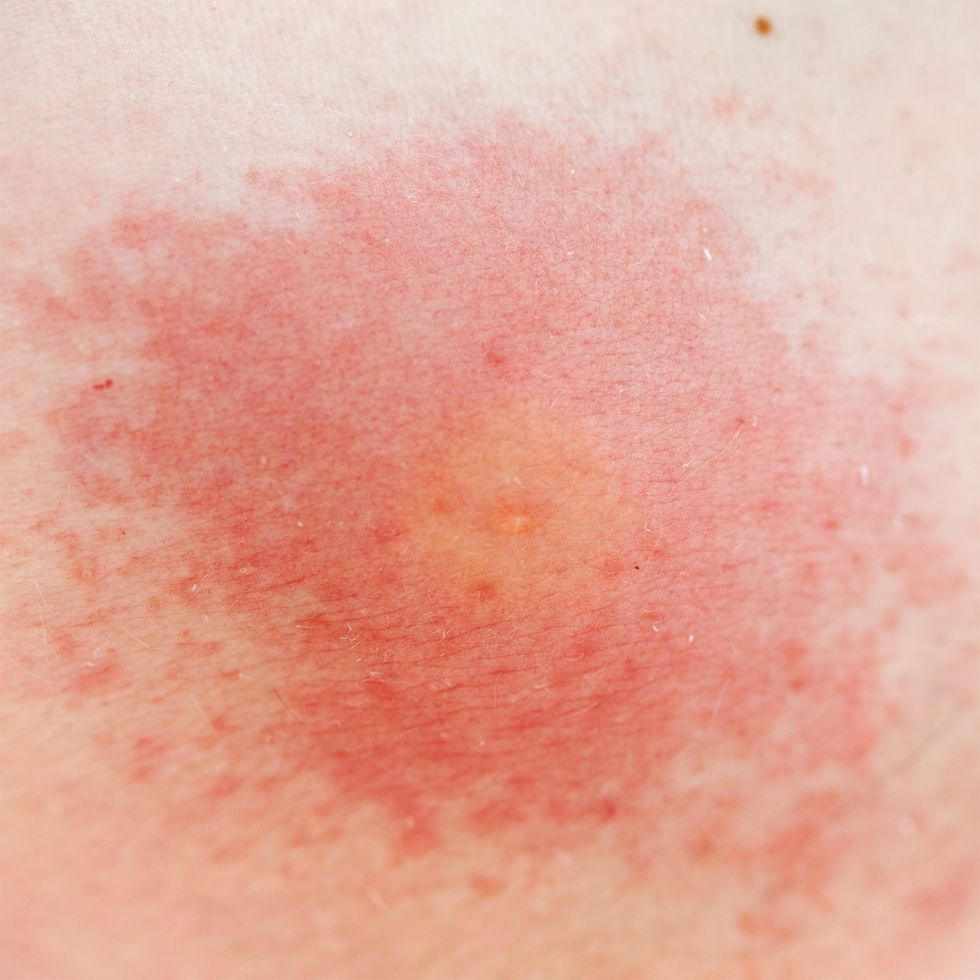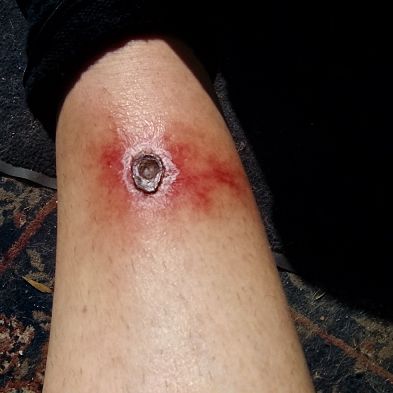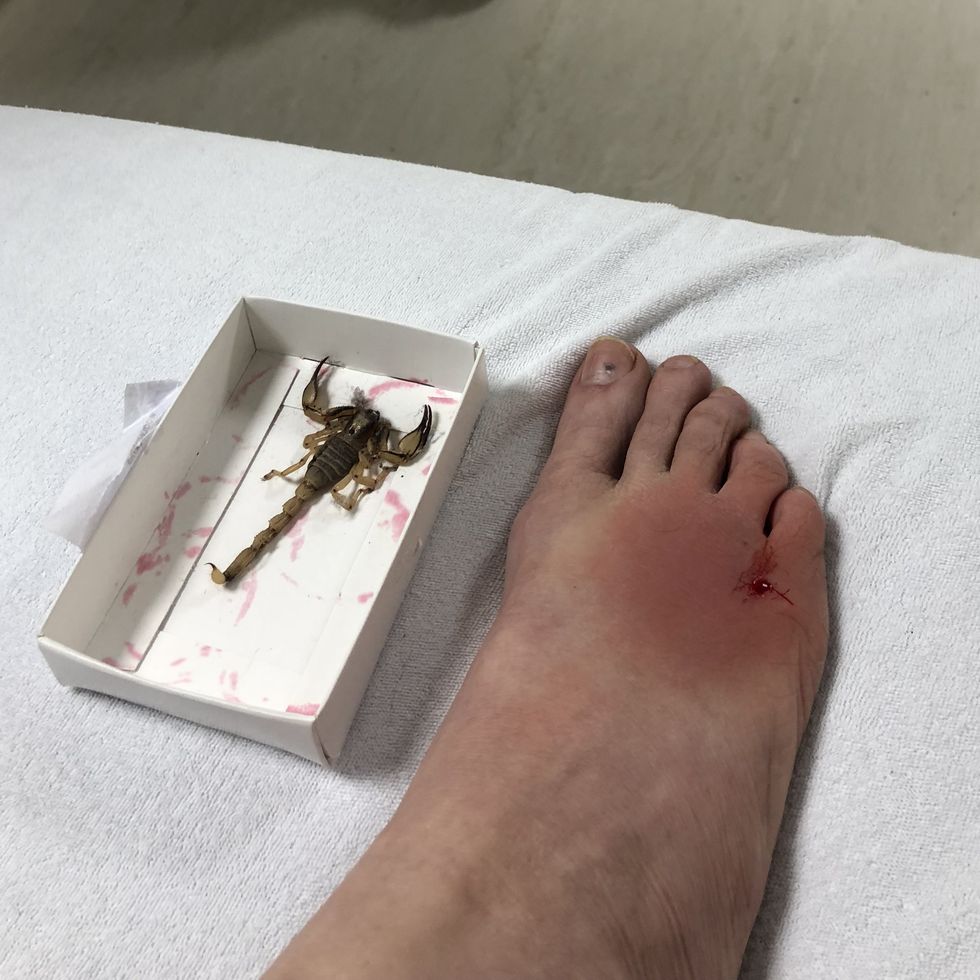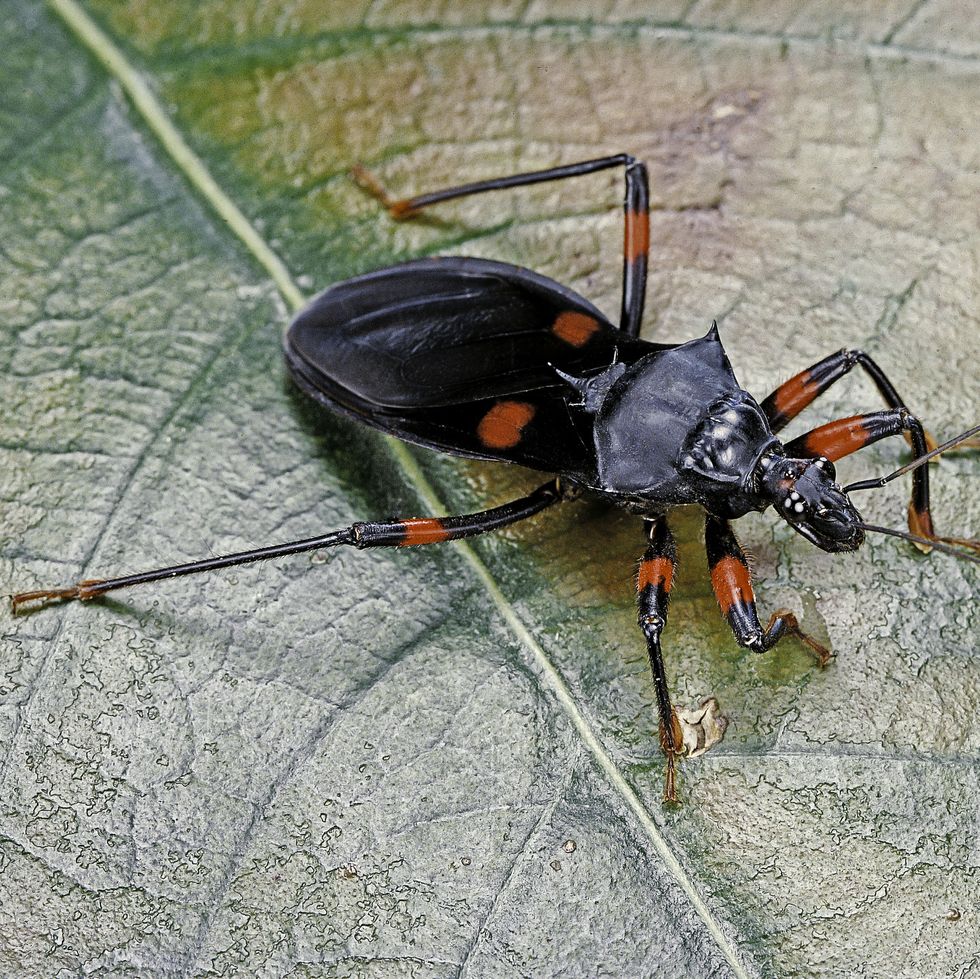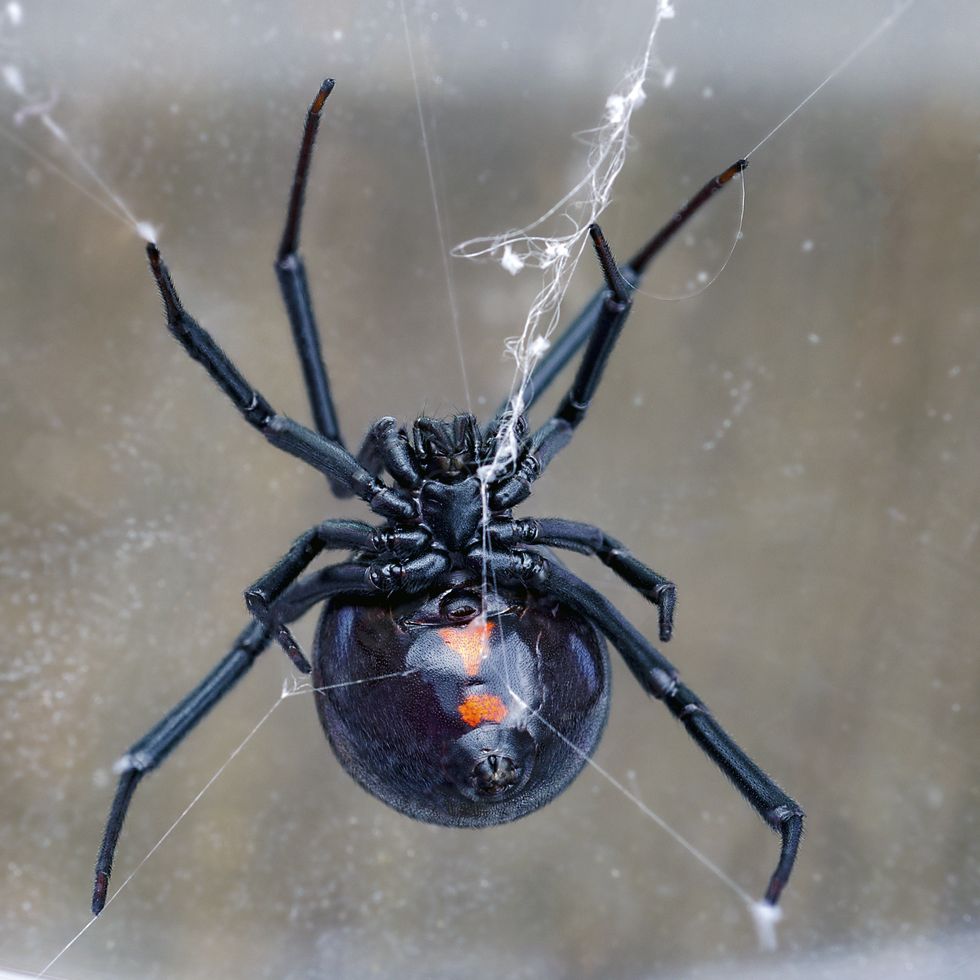19 Pictures of Common Bug Bites and How to Identify Their Symptoms
From ticks to spiders, bees to bed bugs, here’s what the most common bug bites look like.
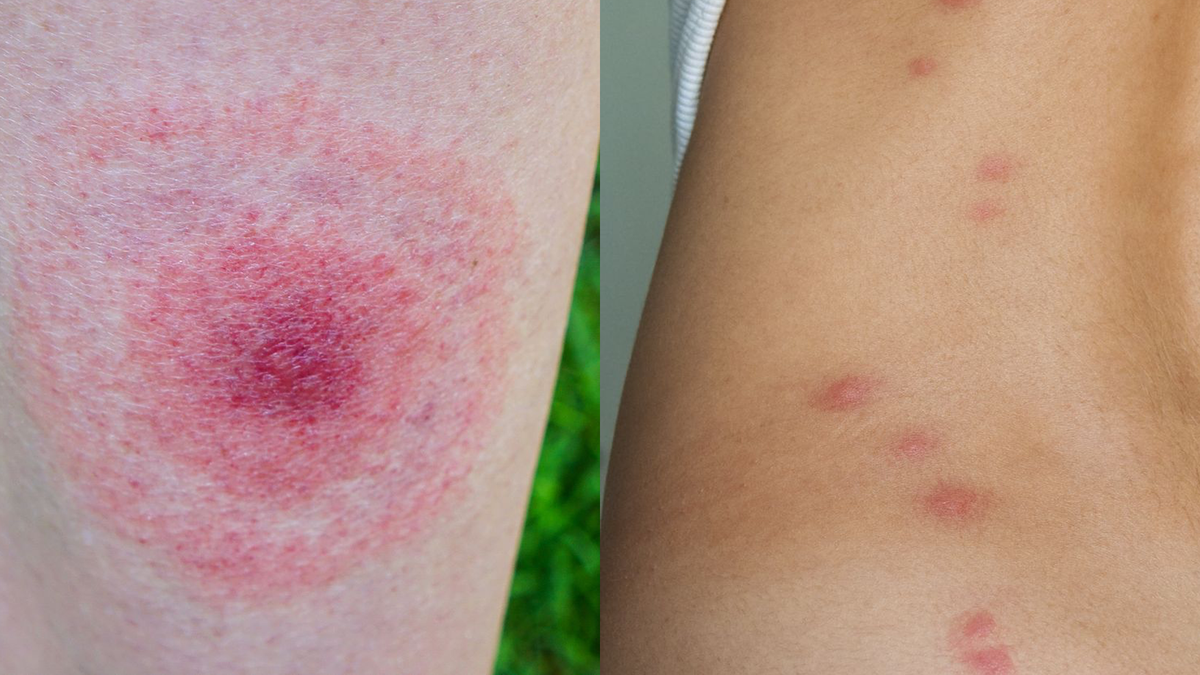
Whether you first notice a sharp pinch, a nagging itch, or a painful sting, discovering a brand-new bug bite is no fun. Some ache, some beg to be scratched, and the worst of the bunch do both. And often, you haven’t the slightest clue which critter could have been the culprit. So if you have an irritating bite you can’t attribute to a specific house bug or outdoor pest, here are some bug bite pictures to help you properly identify the offender, and how to best treat the wound.
Keep in mind that everyone’s immune system reacts to bug bites and stings differently, producing unique symptoms in each victim, from swelling to itching to pain. Mild itchiness and pain are normal reactions to insect bites and stings, but if you experience anything more severe than these, including shortness of breath and swelling away from the original site, you should contact a doctor or seek medical attention immediately. It’s possible you could be having a severe allergic reaction, suffering from an insect-borne disease, or experiencing an infection.
Although it’s not always possible to know which bug is to blame for your latest bite if you weren’t able to catch it in the act, you can often get a pretty good idea based on your skin, the site of the sting, and a few other clues. Ready to get to the bottom of your bug bite mystery? Here are pictures of the most common bug bites to keep on your radar.

Jake Smith, an editorial fellow at Prevention, recently graduated from Syracuse University with a degree in magazine journalism and just started going to the gym. Let's be honest—he's probably scrolling through Twitter right now.
Madeleine, Prevention’s assistant editor, has a history with health writing from her experience as an editorial assistant at WebMD, and from her personal research at university. She graduated from the University of Michigan with a degree in biopsychology, cognition, and neuroscience—and she helps strategize for success across Prevention’s social media platforms.
Mona Gohara, M.D. is a Yale-trained, board-certified dermatologist, Oberlin College-bred feminist, medical media expert, fashion fanatic, mom, wife, and virgo. Mona enjoys educating on skin health, skin cancer, skin of color, and sun protection. She has done this through writing, lecturing on the local, national, and international levels, and by engaging popular media. Mona is an active member of the American Academy of Dermatology, where she chaired the social media task force, The Women’s Dermatologic Society where she serves as president, and The American Society For Dermatologic Surgery, where she chairs the DEI Work Group. She is also a member of Prevention’s Medical Review Board.
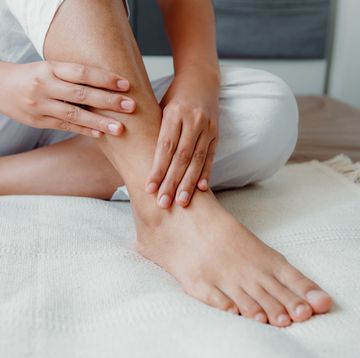
14 Reasons Your Feet Won’t Stop Tingling

15 Reasons for Cramps but No Period, Per Doctors
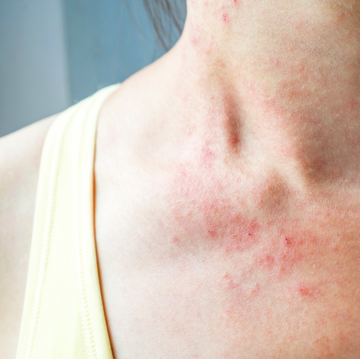
Pictures to Help You ID That Skin Rash
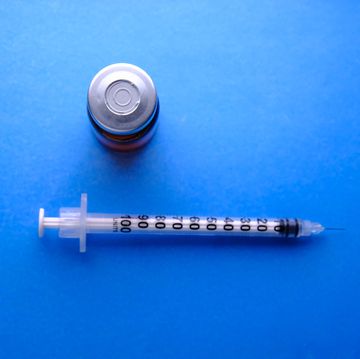
Study: Weight Loss Drug May Help Sleep Apnea

